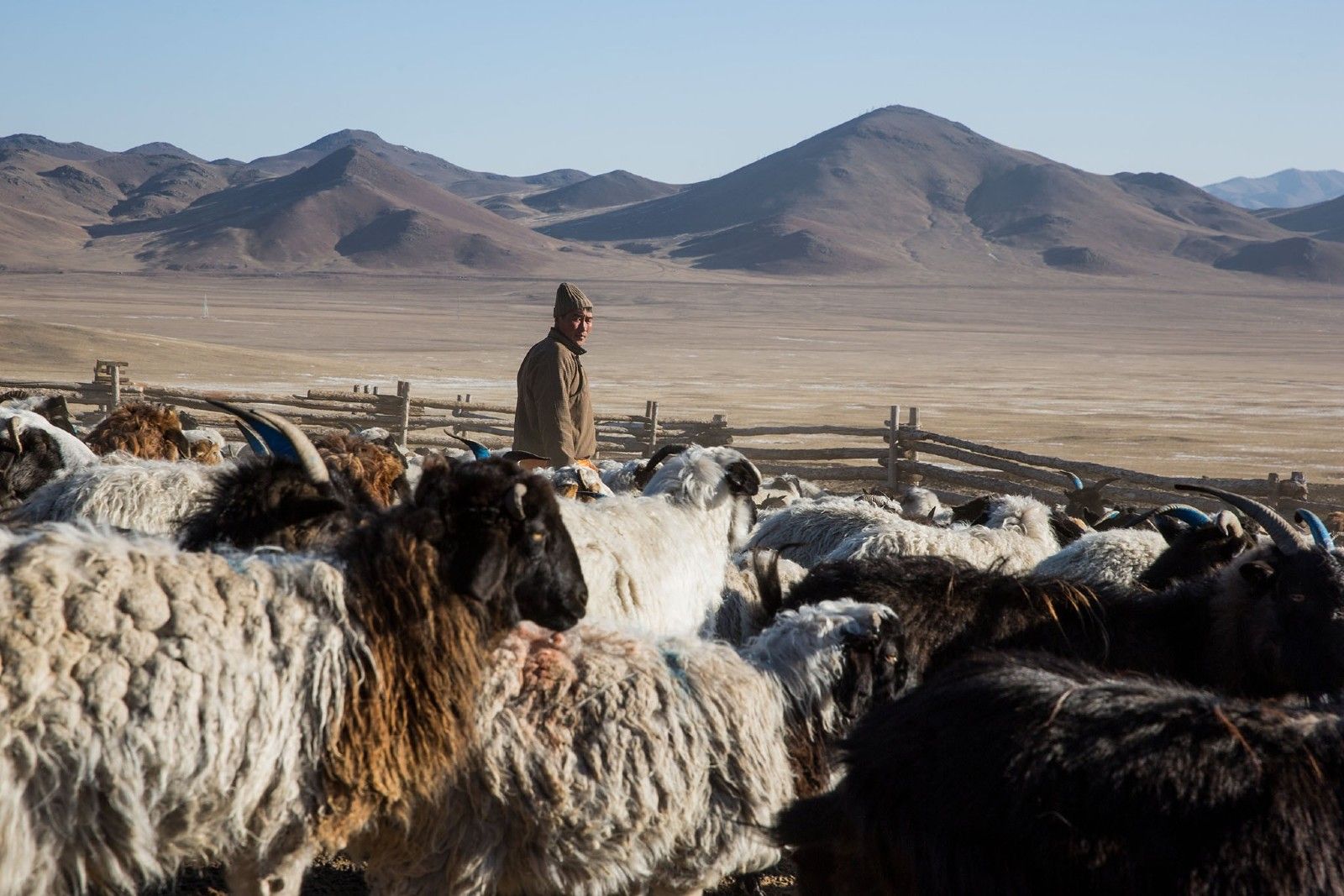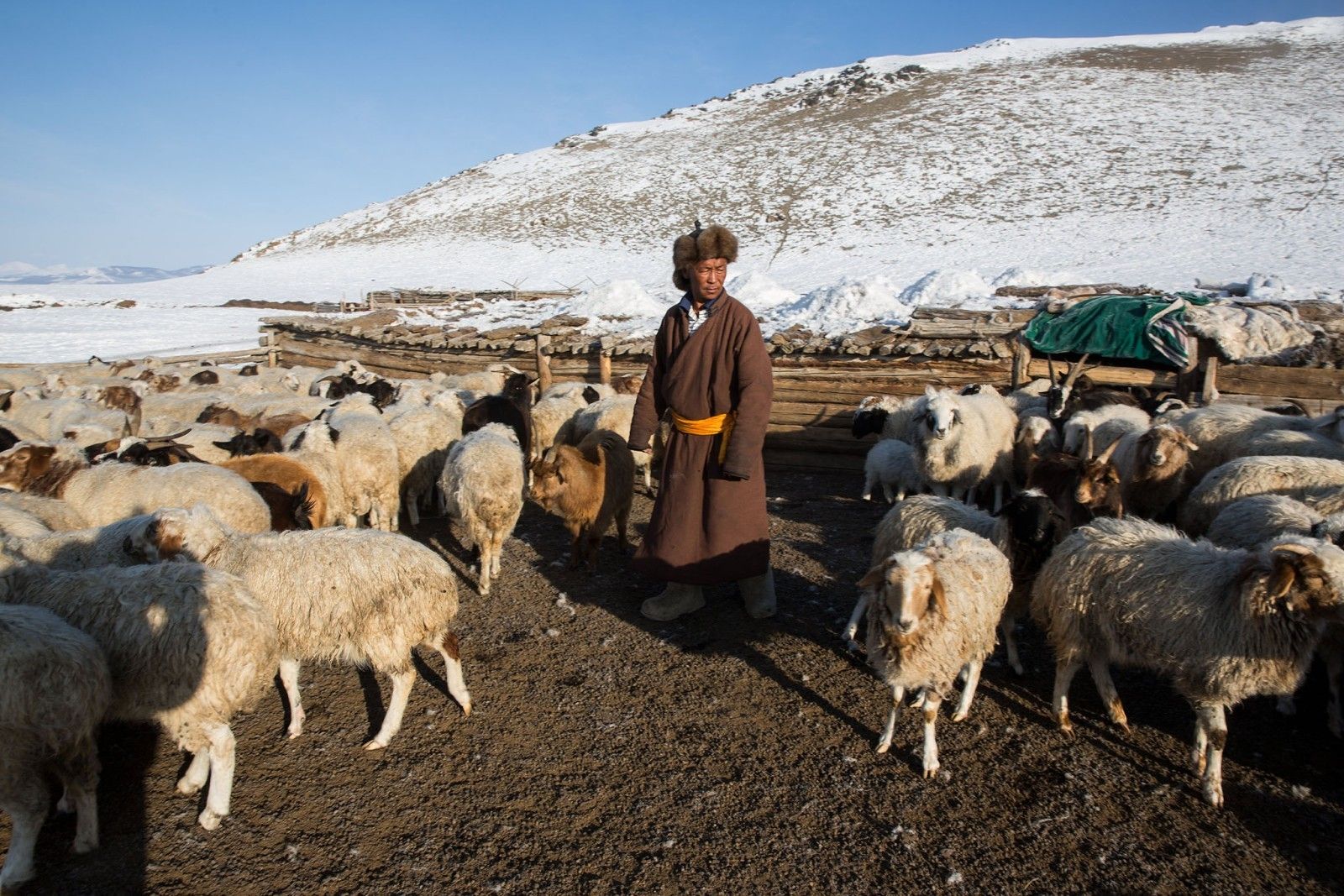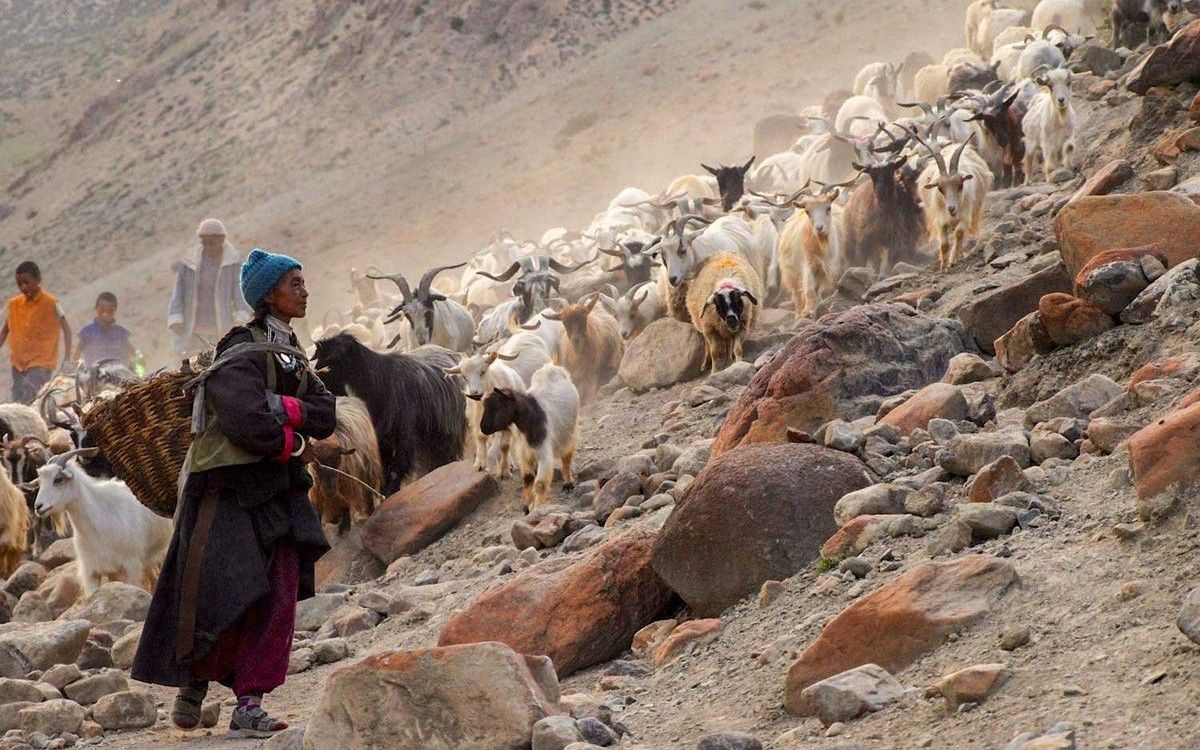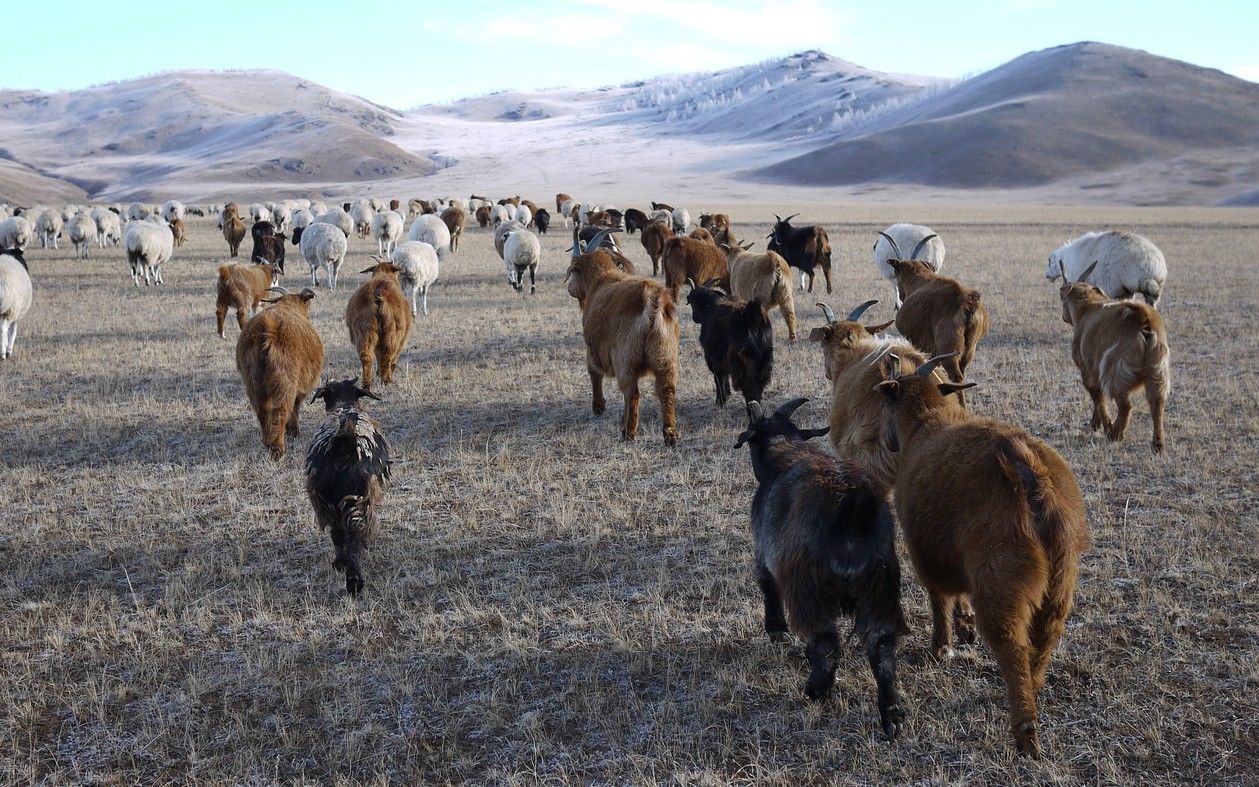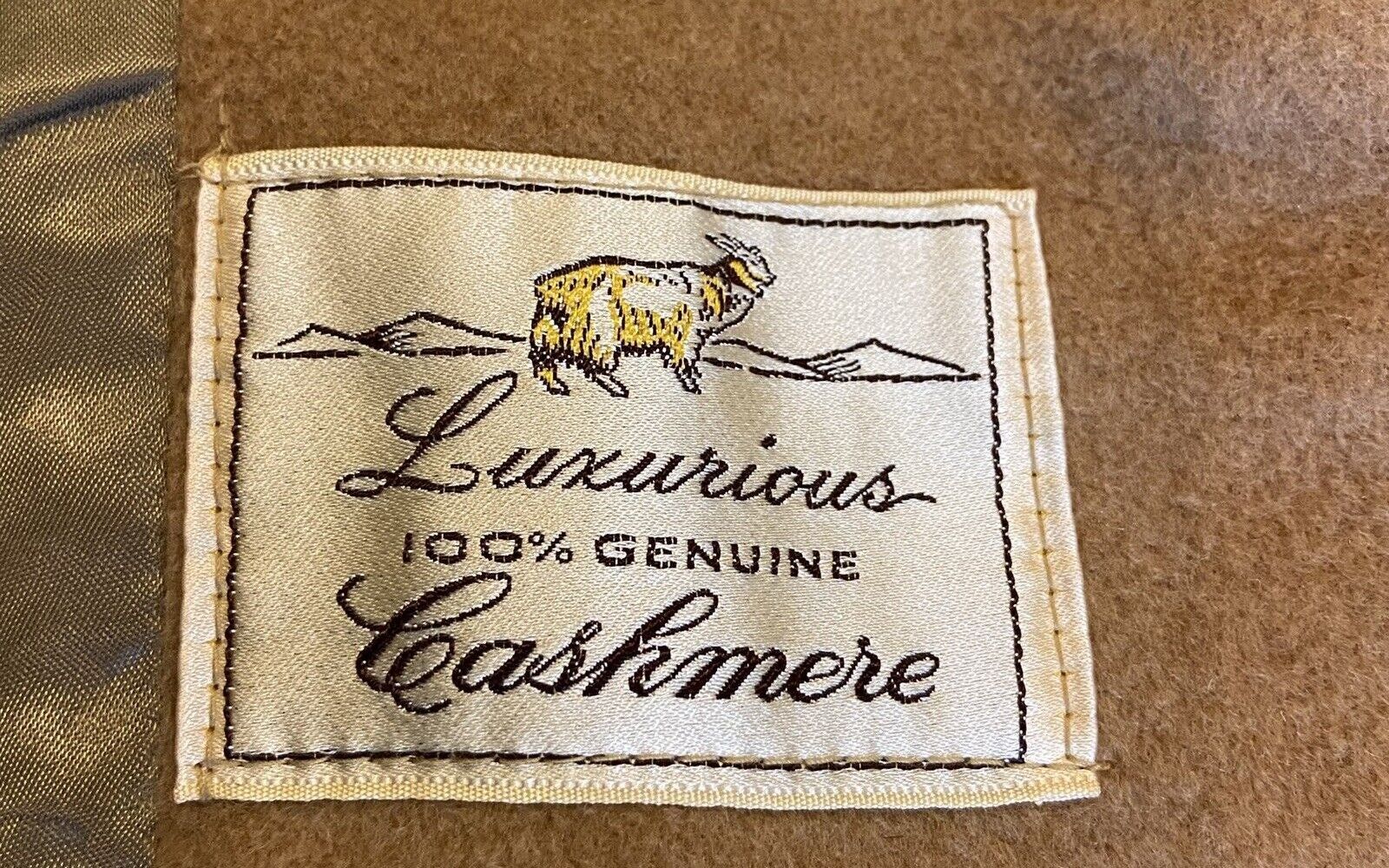
The true price of your cheap cashmere sweater How the fake luxury of low-cost cashmere is destroying Mongolia's landscape
Today, independent journalist Derek Guy, pen of several publications as well as his Die blog, Workwear, illustrated in a Twitter thread titled How to buy a good cashmere sweater, how the recent proliferation of cheap cashmere sweaters has brought significant changes to the natural landscape of Mongolia, where Kashmir goat farming has effectively changed the face of entire regions. The starting point of the thread was precisely a user's question asking what was the difference between cashmere sweaters worth thousands of dollar and those worth 50 or more euros. To learn about this difference, we invite you to read the thread in its entirety - it seems incumbent, however, after reading it, to delve into the question of the sustainability of cheap cashmere, which, in fact, has begun to circulate virtually everywhere in the fast fashion world. In 2019, the Italian agency Parallelo Zero published a study named The high price of cashmere in which it can be read that «In Mongolia, 70% of the grasslands have been damaged by overgrazing by cashmere goats. The number of goats reared for their precious wool has quadrupled in the last twenty years: the fact that the goats eat the roots of the grass makes re-growth much harder. The world’s second largest producer of raw cashmere, Mongolia sells 90% of the precious material to Chinese companies».
Things, the study continues, have become even worse because of global warming: «In winter frosts decimate livestock and in summer the heat causes inexorable damage to the grasslands» it says. The rise in temperatures by about two degrees over the past seventy years, among other things, has also ended up altering the nomadic culture of local people, in a curious case where environmental consequences also become anthropogenic. The situation ended up spiraling out of control, which also caused the polarization of material prices that can be relatively cheap or very expensive. Another study named Fibre Briefing published by Common Objective and cited in a 2017 paper published by CFDA explains: «More goats mean more grazing; which, in turn, leads to degradation of the grasslands. The result is undernourished goats with coarser hairs, causing the supply of high-quality cashmere to shrink. To make up the lost revenue, herders breed bigger herds, setting off the cycle again». It is implied here that the diminishing supply of quality cashmere has also raised its price, not to mention how most luxury brands are investing just in these years in making their supply chain fully transparent either through Near-field Communication (NFC) technology that allows to verify the origin of materials through labels equipped with microchips or through transparency agreements such as Brunello Cucinelli's Framework Agreement, the commitment made by Zegna to have a fully traceable supply chain by 2024 or the "method" developed by Loro Piana together with Chinese and Italian universities as well as European entities or the Sustainable Cashmere Project promoted by the Kering group.
@designercommunity_ The reason why Cashmere is so expensive might surprise you #cashmere #cashmeregoat #designerfashion original sound - DesignerCommunity
It is therefore a question of rhythms and balances between human, environmental and, above all, political elements (in 2015, for example, China regulated the acres available for Kashmiri goat breeding while these measures have found more scattered and discontinuous applications in Mongolia and India) given that the damage to pastures is not irreparable but still takes a very long time to return to normal. Researcher Bulgamaa Densambuu wrote last year that «changes to grazing management could result in recovery, or progress toward recovery, within ten years». While one possible solution, already implemented by brands such as Patagonia and Stella McCartney, is recycled cashmere, which surely, as manufacturing technologies advance, may become a circular and even cost-effective solution in the future. Meanwhile, as always, in an age when, to return to Derek Guy, «all of this has been a result of trying to feed a market that wants a luxury product for less» we need to fight the system of capitalist exploitation by circumventing it: recycling and circularity are the answer, but even more so is awareness of what the true price of cheap cashmere is.










































